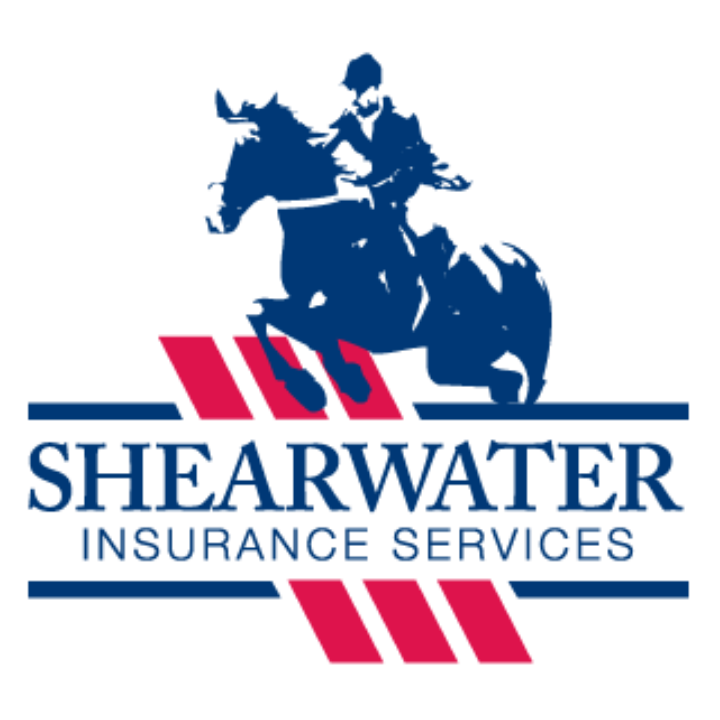Why are insurance premiums on the rise?

With the recent cost of living crisis costs across the board are on the rise, but why are insurance premiums rising when no claims have been made?
It is being widely reported that May’s Office for National Statistics (ONS) data saw motor insurance prices rise by 43.1%, compared to that of inflation at 8.7%. However, the Association of British Insurers (ABI) indicated that the rise was lower at 16%, still near on double that of inflation.
Why is it happening?
Like many, insurers are seeing an increase in business costs, whether this is from wage increases or the rise in energy costs. With that has come an increase in repair or treatment costs, again from increases in energy and raw materials. Insurers have no alternative but to pass these onto customers.
As brokers we are working with our insurers to keep premiums as low as possible and will negotiate the best possible deals for our clients, however premiums are rising.
Horse insurance premiums have been on the increase for several years, in part owing to the advanced in veterinary treatments and technology. Other insurance areas are now seeing increases in premiums, with customers questioning why when they haven’t made a claim.
Costs in raw materials for spare parts and repairs are having a significant impact on the likes of horsebox and agricultural vehicle insurance, with metal and paint seeing an above inflation rise. Second hand vehicle values will also be impacting premium cost with values remaining higher than pre-pandemic levels. The effects of the pandemic manufacturing slow-down, combined with the effects of the Ukraine war, are still seeing shortages and delays in new vehicles, meaning that second hand prices remain high. The knock-on effect to the insurance market is again higher costs of replacement.
Spiralling interest costs also affect monthly premium costs. When spreading insurance over an annual payment schedule, interest will be applied.
What can you do to keep your insurance premiums as low as possible?
Reduce the risk - Whether it is adding an alarm, tracker or immobiliser to your vehicle or adding CCTV to the property, the harder it is for someone to steal or break-in the more positive an insurer will be.
Use a broker - Shopping around may result in a better price, however since the FCA introduced their loyalty premium ban in 2022 insurers are now banned from charging existing customers more than new customers. Speak to a broker about sourcing your policy, they’re legally obliged to provide the best policy pricing, saving you time and money in shopping around.
Avoid interest charges - Paying annually may make a painful dent in the wallet for one month but can save you in interest payments when spreading premiums out monthly.
Don't double up on insurance - Look at what you’re actually insuring, some policies may include public liability as standard, and you may therefore find that you have the same cover in more than one place. Checking the level of cover could identify a saving or two.
Add restrictions - where policies such as horsebox insurance are concerned, adding an annual mileage restriction can help to reduce premiums
Look at your excess - adding a higher excess or taking an option for co-insurance can help to reduce premiums. However, customers need to assess their own affordability when doing so.
The Shearwater team are always on hand to offer advice and support to our clients amid rising costs.
